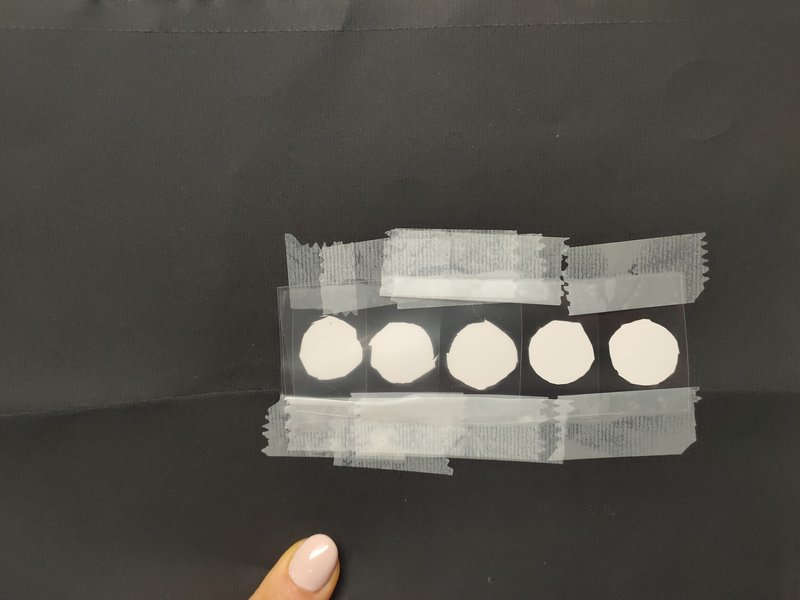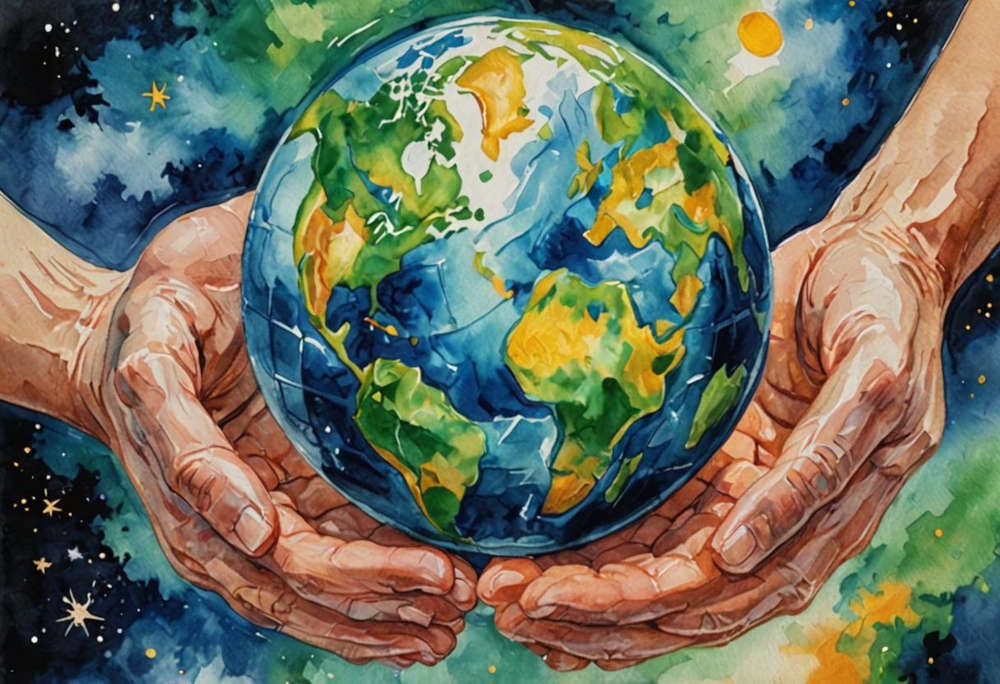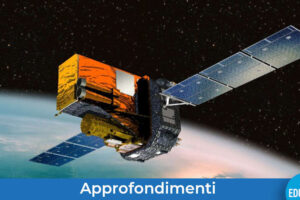
The idea of proposing a day of this type was first put forward by activist John McConnell in 1969, during the UNESCO conference in San Francisco. On that occasion McConnell proposed March 21, 1970, the first day of spring, as the date for the celebrations.
Meanwhile, U.S. Senator Gaylord Nelson proposed a national day for the same purpose, set for April 22, 1970. He was prompted to make the proposal by media coverage of the oil spill off the coast of Santa Barbara and the Cuyahoga River fire in early 1969. Environmental awareness in the United States, however, had grown over the decade, first thanks to Rachel Carson‘s 1962 book Silent Spring and then to NASA’s 1968 Earthrise photo, which showed the Earth from the Moon in all its fragility.

If in those first editions the most important issues to address were related to pollution, as also clearly shown by Kelly’s poster, today the most urgent issue is, instead, the global warming, a phenomenon that is closely connected to the emission of carbon dioxide and therefore to atmospheric pollution.
Astronomy, as a modern multidisciplinary approach that studies not only the universe, but also the planets, has provided several contributions to understanding the problem, even if only trivially thanks to satellite data: on the other hand, the first meteorological satellite was Vanguard 2, launched by the United States on February 17, 1959.
Therefore, it should not be surprising that on astroEDU there are several educational activities designed specifically to understand the Earth’s climate and, therefore, the phenomenon of climate change and global warming.
Discover the Earth’s climate

In order to address the problem with awareness, it is first necessary to understand how the climate on our planet works. In this case, Discover Earth’s climate with a balloon comes to our aid, an activity designed in Ghana for primary and middle schools in which students are invited to reproduce the climate zones present on our planet on the surface of a balloon.
Staying at this school level, with Continental climate and oceanic climate, in which, also thanks to simple experiments, we try to explain the climatic differences between the land and ocean surfaces.
Valleys deep and mountains high, dedicated to middle and secondary schools, focuses on altitude measurements obtained thanks to radar, instruments used by satellites in low orbit not only to perform this type of measurement, but also to detect data relating to climate change and to monitor possible catastrophes. The activity allows us to simulate the collection of data of this type and then create a map of a landscape hidden inside a box. One of the objectives is also to understand how these altitude measurements can provide useful information in understanding how the climate of our planet works.
We close this section with The Climate in numbers and graphs which allows students “to step into the shoes” of climatologists, even if with the introductory elements of the subject. The activity, in fact, introduces the concept of average temperature, also from a mathematical point of view, to then carry out actual measurements, in order to produce a real graph, with the aim of discussing it at the conclusion of the data collection.
Water World

Just over 70% of our planet’s surface is covered in water. Oceans as a heat reservoir, an activity dedicated to middle and secondary schools, shows how the oceans are able to “capture” and conserve heat more efficiently than lands, managing, even if only in part, to mitigate the effects of global warming.
However, the increase in water temperature also brings with it other problems, such as heat waves that in recent decades have decimated coral reefs throughout the world. This effect, however, seems to have also been helped by another important phenomenon, also connected to the increase in temperatures: the acidification of water. And the activity Transforming water into acid… and back, also dedicated to middle and secondary schools, is dedicated to this phenomenon, but undoubtedly easier to complete than Oceans as a heat reservoir.
The two activities, therefore, combined together, allow students to understand the fragile environmental balance on which our planet rests.
Studying the atmosphere

The air we breathe is another aspect of our planet to understand. In this regard, Investigating the atmosphere – air takes up space and Fizzy balloons – CO2 in school, both dedicated to primary (and the second also to middle) schools, are excellent activities to begin to better understand how the layer of atmosphere that surrounds us works.
While the first activity focuses mainly on characteristics related to movement within the air, the second focuses on the important role that carbon dioxide plays on Earth.
For secondary schools, however, The intertropical convergence zone aims to illustrate how the Sun influences air circulation on a global level and how it affects the tropical and subtropical zones, seen in the activities described in the first part of this article.
To understand these influences, students carry out some small experiments, and are then encouraged to apply the results to the global atmosphere, realizing how these phenomena influence the climate, and in particular the rise in average temperatures, on a global level.
Light pollution

Although not directly connected to the problem of global warming, one last problem, which nevertheless has a certain environmental importance, both for ourselves and for the life of the animals with which we share the Earth, is that of light pollution. The activities present on astroEDU are dedicated to all school levels and are carried out both through small experiments and through online tools, as in the case of Globe at Night Activity Guide, useful for selecting the constellation to observe and determining its position.
Another very useful tool in this type of activity is undoubtedly Stellarium, used in How many stars can you see at night?, where students will have to build a small spectrometer and then try to understand what causes light pollution.
Instead of the spectrometer, however, you can opt for the construction of… Magnitude Readers: how light pollution affects the Stars, which although at first glance it seems like an activity for primary or at most lower secondary schools, is nevertheless a useful tool for upper secondary schools as well.

We conclude this little journey through the activities dedicated to the Earth published on astroEDU and which, in some way, has the aim of showing how astronomy is a discipline that allows us to better understand the environment that surrounds us, and not only the universe.
To the list would be missing the activity within the series of tactile astronomy, which however I excluded since I discussed it in an article dedicated to the entire series (in italian), which is still being published.
Obviously the invitation is to propose one or more of the activities presented here in your classes: let us know via email and/or social media the activities from this list that you will be able to introduce into your usual teaching activities.


Add Comment